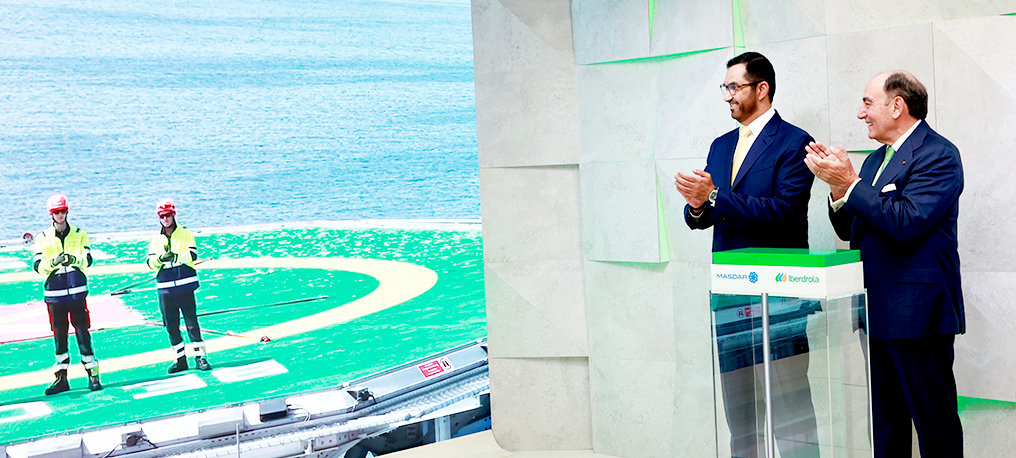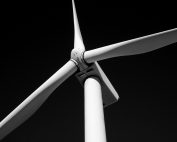ZE PAK, a Polish company associated with the coal-fired power sector in Poland, has ambitious plans to transform its portfolio towards green energy. The company also wants to get involved in the development of offshore wind energy in the Baltic Sea. The energy from wind turbines will be used to produce, among others, green hydrogen, the Polish company confirms to our portal.
Zespół Elektrowni Pątnów-Adamów-Konin (ZE PAK) is the largest private electricity producer in Poland. The company is currently executing its energy transformation plan by abandoning coal for zero-carbon energy and building a nationwide full green hydrogen value chain. Lignite-based assets will be phased out and production from lignite will be ended by the end of this decade.
The coal company also wants to get involved in offshore wind development in the Baltic Sea. To this end, together with the Danish developer Ørsted, they will apply for proceedings for new locations for offshore farms in the Polish part of the Baltic Sea. The Polish government is to allocate 11 sites with a total estimated capacity of approx. 11 GW. Success in this administrative proceeding will clear the way for companies to participate in the planned auctions for Contract for Difference (CfD) support in 2025 and 2027. If they are successful, Ørsted and PAK will create a regional Just Transition in Eastern Wielkopolska Fund with a budget of about 50 million PLN (10 million Euros), while guaranteeing social security in a region particularly vulnerable to the economic and social effects of coal phasing out. The budget of the regional fund will be released in annual tranches, with the first tranche released as soon as the permit for the common location is received.
ZE PAK wants to invest in green hydrogen
ZE PAK employs 3,500 people and is the largest employer in Eastern Wielkopolska, a region particularly vulnerable to the effects of a low-carbon transition. In 2021, as part of its energy transition, ZE PAK began production from Poland’s largest solar farm in the Wielkopolska region. It is built on a reclaimed area of a former lignite open pit. They have also invested in initiatives related to building a comprehensive green hydrogen value chain that can help decarbonize other sectors of the Polish economy.
In response to questions from BalticWind.EU, Tomasz Matwiejczuk, Director of Corporate Communications of The Polsat Group (the group is the majority owner of ZE PAK), emphasized that ZE PAK has been pursuing a program to move away from coal and toward green energy for quite some time. Offshore wind farms are one of the key elements of this transformation. Using energy from offshore farms to produce green hydrogen is one element of a strategy related to wind development in the Baltic Sea.
Matwiejczuk added that ZE PAK is active in the area of supporting people leaving the mining industry. These are initiatives such as the RES training center. The company has launched a pilot program using its own funds to support ZE PAK CG employees in finding new employment (outplacement). Up to 100 employees of the mining companies of the ZE PAK Group will be covered by this program in the pilot phase.
Ørsted has been investing in offshore wind energy in the Polish part of the Baltic Sea together with PGE for many years. Ørsted and Poland’s largest power producer PGE will build the 2.5 GW Baltica Offshore Wind Farm. The Baltica Offshore Wind Farm, being constructed in two phases (Baltica 2 and Baltica 3), will produce enough green electricity to cover the energy needs of nearly 4 million Polish households.
Depending on final investment decisions, the first phase of the project – Baltica 3 (with a capacity of up to 1 GW) – will start generating power around 2026, while the second phase – Baltica 2 (with a capacity of about 1.5 GW) – will start generating power around 2027.














